É uma bateria de 10kW o suficiente para executar uma casa?
Quando você está explorando o armazenamento de energia em casa, Uma das primeiras perguntas é sempre sobre tamanho e capacidade. Você vê números como "10kW" e maravilha, "Isso é suficiente para administrar minha casa durante uma falta de energia?" É uma pergunta crucial, E a resposta depende do que você deseja poder e de quanto tempo.
Primeiro, Vamos esclarecer um termo -chave. A energia de uma bateria está em quilowatts (kW), Mas sua capacidade de armazenamento de energia está em quilowatt-hora (kWh). Quando as pessoas perguntam sobre uma "bateria de 10kW" para tempo de execução, Eles quase sempre significam uma bateria de 10kwh. Uma bateria de 10kwh geralmente é suficiente para executar as cargas essenciais de uma casa - como luzes, frigorífico, e internet - por muitas horas ou durante a noite. No entanto, Geralmente não é suficiente para administrar uma casa inteira, especialmente com cargas pesadas como ar condicionado de alta potência, por um período prolongado.
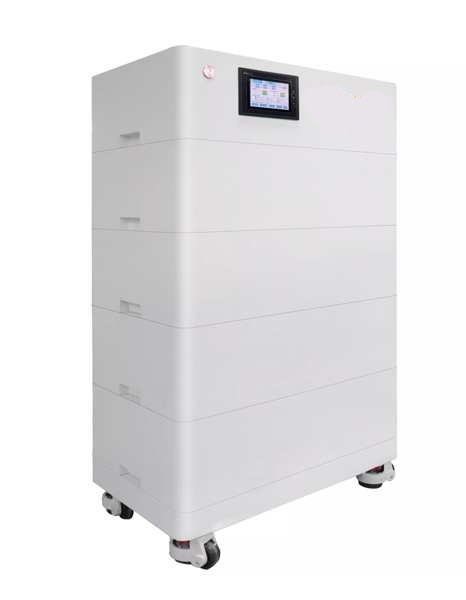
No Gicx Solar, Somos especializados em projetar bateria doméstica empilhável sistemas que são perfeitamente dimensionados para as necessidades de nossos clientes, seja para backup essencial durante um tufão ou para maximizar a economia de energia solar. Vamos mergulhar em detalhes.
O que são baterias empilhadas?
Você costuma ouvir as modernas soluções de armazenamento de energia referidas como "empilhadas" ou "empilhável" baterias. O que isto significa, e como é diferente de um único, Bateria independente?
Baterias empilhadas, ou "baterias empilháveis," são unidades modulares de armazenamento de energia especificamente projetadas para serem fisicamente colocadas juntas e eletricamente interconectadas para formar um maior, Banco de baterias unificado. Cada módulo é uma bateria independente (frequentemente usando química de lítio LFP segura com seu próprio BMS) que atua como um bloco de construção. Esse design permite que você escala facilmente a capacidade do seu sistema, adicionando mais módulos, Criando uma solução de energia personalizada e à prova de futuro.
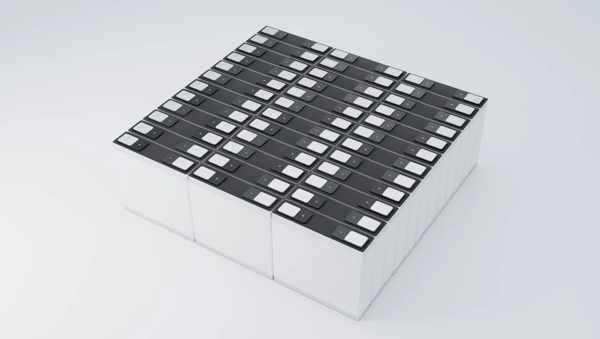
Mergulhe mais fundo: O poder do design modular
O conceito de um bateria doméstica empilhável é construído em vários princípios -chave:
- Modularidade: Cada unidade de bateria é um módulo padronizado (Por exemplo, 5kWh). Isso permite que você comece com a capacidade que você precisa agora e adicione mais tarde.
- Escalabilidade: Este é o principal benefício. Se você comprar um veículo elétrico no futuro, Você pode simplesmente adicionar outro módulo de bateria à sua pilha em vez de substituir todo o sistema.
- Projetado para segurança: Esses módulos são projetados com recursos para empilhamento físico seguro (como invólucros interligados ou montagem de rack) e possui terminais protegidos para conexão elétrica segura.
- Integração inteligente: Cada módulo tem seu próprio sistema de gerenciamento de bateria (BMS), e eles foram projetados para se comunicar e seu inversor solar para operar como um único, inteligente, e banco de bateria altamente eficiente.
Essa abordagem, que utilizamos no GYCX Solar, fornece aos nossos clientes um caminho flexível e econômico para a independência energética.
Quanto tempo durará uma bateria de 15kwh?
Entender o tempo de execução é a chave para dimensionar sua bateria. Se uma bateria de 10kwh não for suficiente para uma casa inteira, Quanto mais tempo uma bateria maior de 15kwh oferece a você?
A 15KWH Battery armazena 50% mais energia do que uma bateria de 10kWh, Então vai durar 50% mais longo Enquanto ligava as mesmas cargas domésticas. Por exemplo, Se uma coleção de aparelhos essenciais desenho 500 Watts drenaria uma bateria de 10kwh em cerca de 20 horas, essa mesma carga seria alimentada por uma bateria de 15kWh por aproximadamente 30 horas.
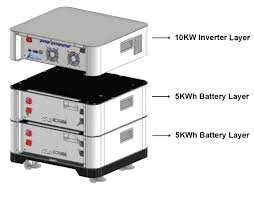
Mergulhe mais fundo: Uma comparação prática de tempo de execução
Vejamos as contas com algumas cargas domésticas comuns na Coréia do Sul:
A fórmula: Tempo de execução (Horas) = Capacidade da bateria (Em Wh) / Carregar (em watts)
- Uma bateria de 10kWh = 10,000 O que
- Uma bateria de 15kWh = 15,000 O que
| Cenário | Carga média | 10Tempo de execução da bateria KWH | 15Tempo de execução da bateria KWH |
|---|---|---|---|
| Somente essencial (Geladeira, luzes, Wi-fi, TV) | 500 Watts | ~ 20 horas | ~ 30 horas |
| Uso moderado (Itens essenciais + Panela de arroz, PC para desktop) | 1,500 Watts | ~ 6,7 horas | ~ 10 horas |
| Uso pesado (Itens essenciais + um ar condicionado de uma sala única) | 2,500 Watts | ~ 4 horas | ~ 6 horas |
Como você pode ver, Essa capacidade extra de 5kWh em um sistema de 15kWh faz uma diferença significativa. Pode ser a margem necessária para executar seu ar condicionado por algumas horas confortáveis durante uma interrupção quente da noite de verão ou dar um dia extra de segurança. Avaliando com um bateria doméstica empilhável O sistema é fácil - geralmente é tão simples quanto adicionar mais um módulo.
São baterias de pilha de energia que valem a pena?
Está investindo em um modular, Sistema de bateria empilhável - uma "pilha de energia" - uma decisão financeira inteligente? O benefício de ter esse poder de backup escalável e armazenamento solar justificam o custo?
Sim, Para a maioria dos proprietários, Um sistema de bateria empilhável é um excelente investimento. O valor vem de três áreas principais:
- Economia financeira: Armazenando excesso de energia solar para usar durante o máximo de horário noturno, Você pode reduzir significativamente suas contas de eletricidade de fornecedores como Kepco.
- Segurança energética: Ele fornece tranquilidade inestimável e poder de backup contínuo durante interrupções causadas por tufões ou outros problemas de grade.
- Flexibilidade à prova de futuro: A capacidade de adicionar mais capacidade facilmente protege seu investimento inicial e permite que o sistema se adapte às suas necessidades de energia em mudança.
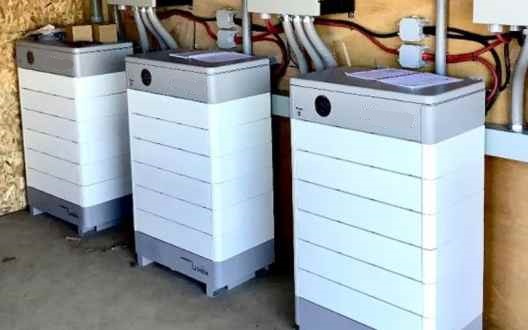
Mergulhe mais fundo: O retorno do investimento
Vejamos a proposta de valor:
- Redução da conta: Uma bateria permite maximizar o "autoconsumo solar." Em vez de vender seu excesso de energia solar para a grade, Você o armazena e usa você mesmo quando a eletricidade é mais cara. Este deslocamento direto é a maneira mais rápida de ver um retorno do seu investimento solar e da bateria.
- Energia de reserva: Qual é o custo de uma queda de energia? Para uma família, Pode significar comida mimada, Sem luzes, e sem internet. Para alguém que trabalha em casa, Significa perda de produtividade. Uma bateria fornece sem costura, silencioso, e energia automática no momento em que a grade falha.
- Escalabilidade: Este é um benefício único do design empilhável. Você não precisa comprar um enorme, sistema de grandes dimensões hoje. Você pode começar com um sistema de 10kWh e, Se você adquirir mais tarde um veículo elétrico ou instalar um ar condicionado, Você pode simplesmente ter um profissional adicionar outro módulo de 5kWh ou 10kWh. Isso torna o armazenamento de energia mais acessível e adaptável.
História solar Gycx: "Um cliente em Seul hesitou com o custo de uma bateria grande. Instalamos um sistema empilhável de 10kwh inicial. Um ano depois, Eles compraram um EV. A atualização foi simples e econômica-acabamos de adicionar um segundo módulo de 10kWh à sua configuração existente. Eles adoraram a flexibilidade."
Qual é o 80 20 regra para baterias de lítio?
Você pode ter ouvido falar do "80/20 regra1" para carregar telefones ou laptops e se perguntou se isso se aplica a grandes baterias domésticas. O que é esta regra, E é importante para o seu saúde da bateria2?
A "regra 80/20," mais precisamente chamado de "20-80 Regra," é uma diretriz para maximizar a vida útil do ciclo de alguns tipos de baterias de íons de lítio. Sugere que para uso diário, Você deve tentar manter o estado de carga da bateria entre 20% e 80%. Evitando os extremos de um completo 100% Carga e um profundo 0% a descarga pode reduzir o estresse na bateria e ajudá -lo a durar mais tempo.
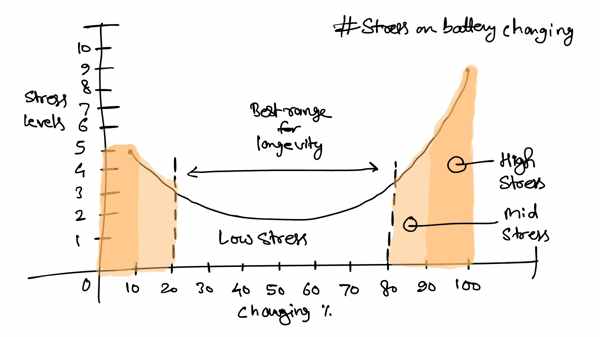
Mergulhe mais fundo: Uma prática recomendada para a longevidade da bateria
Veja mais de perto a regra e como ela se aplica a um bateria doméstica empilhável:
- Por que funciona: As baterias de íons de lítio experimentam o estresse mais químico e mecânico quando estão em tensões muito altas ou muito baixas, que correspondem a estar quase cheio ou quase vazio. Operando no "ponto ideal" No meio é mais gentil nos componentes internos, levando a uma vida útil geral mais longa.
- É necessário para LFP? Esta regra é mais crítica para químicas como NMC, que são comuns em eletrônicos de consumo. O LFP (Fosfato de Ferro Lítio) A química usada nos melhores sistemas de bateria doméstica é muito mais robusta e tolerante ao ser cobrado 100%. No entanto, O princípio subjacente de que os ciclos mais rasos são menos estressantes do que os ciclos mais profundos ainda são verdadeiros.
- Como os sistemas modernos lidam com isso: A ótima notícia é que você não precisa gerenciar isso manualmente! Um Bess moderno da GYCX Solar permite que você programe esses limites diretamente no software do sistema. Uma configuração comum e altamente eficaz é:
- Defina uma reserva de backup: Você pode dizer o sistema, "Nunca descarregue abaixo 20% Durante o uso diário normal; salve isso 20% Para uma queda de energia." Isso impede automaticamente descargas diárias profundas e garante que você sempre tenha uma reserva de energia.
- O sistema irá então pedalar entre o seu nível de reserva (Por exemplo, 20%) e 100% todos os dias, que é perfeitamente seguro e normal para baterias LFP duráveis. Isso lhe dá o melhor dos dois mundos: Uso máximo de sua energia solar e uma reserva de backup protegida, enquanto promove uma vida longa e saudável para sua bateria.
Uma bateria de 10kWh é um poderoso ponto de partida para armazenamento de energia em casa, Mas seu verdadeiro potencial é desbloqueado em um modular, bateria doméstica empilhável sistema. Esta abordagem fornece a flexibilidade para dimensionar o seu sistema perfeitamente, A segurança da tecnologia LFP duradoura, e o valor de um investimento à prova de futuro. Ao entender as melhores práticas como o 20-80 regra3, Você pode garantir que seu sistema o serve de maneira confiável nos próximos anos.
Se você tiver mais perguntas sobre como dimensionar uma bateria para sua casa ou deseja explorar os benefícios de um sistema escalável, Nossa equipe especialista da GYCX Solar está aqui para ajudar. Entre em contato conosco para uma consulta profissional!
Entendendo o 80/20 A regra pode ajudá -lo a otimizar a vida e o desempenho da sua bateria. ↩
Explorar as dicas de manutenção de saúde da bateria pode estender significativamente a vida e a eficiência da sua bateria doméstica. ↩
Aprenda sobre o 20-80 regra para otimizar o uso da bateria e estender sua vida útil efetivamente. ↩
